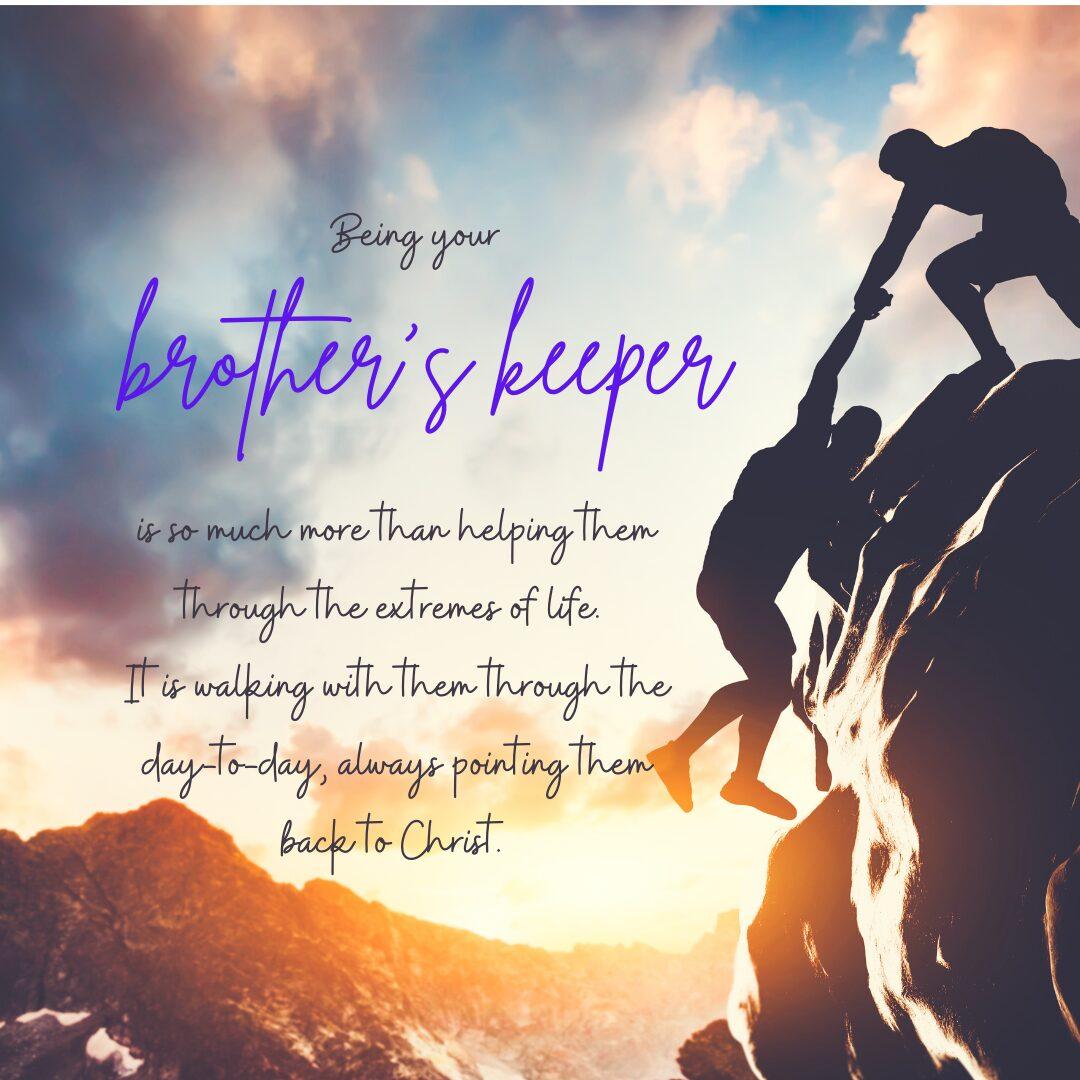(1st of 2 parts)
LONG ago in the island of Crete, there lived a man named Daedalus, who was famed for his skills as an inventor. He worked for King Minos. Foremost among his many achievements was building the labyrinth in which the king kept the Minotaur, a fearsome, legendary beast which was half-man and half-bull that fed on human flesh. It was said that anyone who went into the labyrinth never came out of it again because of its complex, undecipherable winding walls and corridors.
Daedalus was brilliant and this was a problem for the king. Although Daedalus had been giving the king great and loyal service all his life, Minos was deeply insecure and feared that Daedalus who was wise, celebrated and ingenious would, one day challenge him to become king.
As a preemptive move, Minos imprisoned Daedalus and his son, Icarus in a prison tower. The king underestimated Daedalus, for one dark night, father and son escaped from their prison tower. They found out however that it was well nigh impossible to escape the island with the paranoid King Minos sending out an all points bulletin to his mindless minions. Minos’ soldiers carefully searched every boat that left the island.
Father and son took cover in a remote cave along the shore hidden from the watchful eyes of Minos’ soldiers while Daedalus figured out a way to escape. Watching the seagulls for hours soaring and diving for food on the shore, Daedalus was struck with the idea of flight as an escape route. He caught one bird and studied the structure and form of its wings and after careful thought, decided to copy how a wing is made. He instructed Icarus to catch seagulls and pluck their feathers. When there were enough feathers, he sewed them together and used melted wax to bind the feathers on a wooden framework. He created the contraption so skillfully that they looked like a giant replica of a bird’s wings. He customized two pairs of wings for himself and for his son, careful to take each of their individual body weights into consideration.
But having wings was one thing, knowing how to use those wings to fly was another. So Daedalus strapped his wings and still taking his cue from the seagulls on how to soar, swoop, dive and glide, he proceeded to learn how to fly so that the wings felt like a seamless part of his arms and his body. He studied wind currents, the waters of the sea and the heat of the sun. Having gained the skill, he proceeded to teach his son patiently. At first, Icarus stumbled and fell and when he got past the first few fumbles, the youth learned quickly, his lithe, svelte form seemingly destined for flight. He learned to fly like a bird, swooping and diving, gliding and circling about, looking down below at the blue waters and their island prison, now a mere speck from above, and frolicking about overhead, chasing the seagulls and rolling in the clouds. Freedom was a heady drink. Icarus felt complete elation, knew the incredible lightness of being and tasted the sweet freedom of flight.
Then came the day when Daedalus and Icarus were to fly out of Crete. The sun was up, and the wind was mild and Daedalus decided it was an auspicious day to make the great escape. Daedalus sat his son down and looked him in the eyes for serious pre-flight instructions knowing that once in the air, there would be little chance for communication.
“Pay attention, Icarus. Stick close behind me and watch your altitude. Fly too low and the sea with its moisture will make your wings too heavy. Fly too high and the heat of the sun will melt the wax in your wings. Take heed and stay close.” Icarus nodded agreement but he was far too excited and his mind was already in the sky.
(To be continued…)
* * *
The opinions, beliefs and viewpoints expressed by the author do not necessarily reflect the opinions, beliefs and viewpoints of the Asian Journal, its management, editorial board and staff.
* * *
Nota Bene: To send comments, email [email protected]


